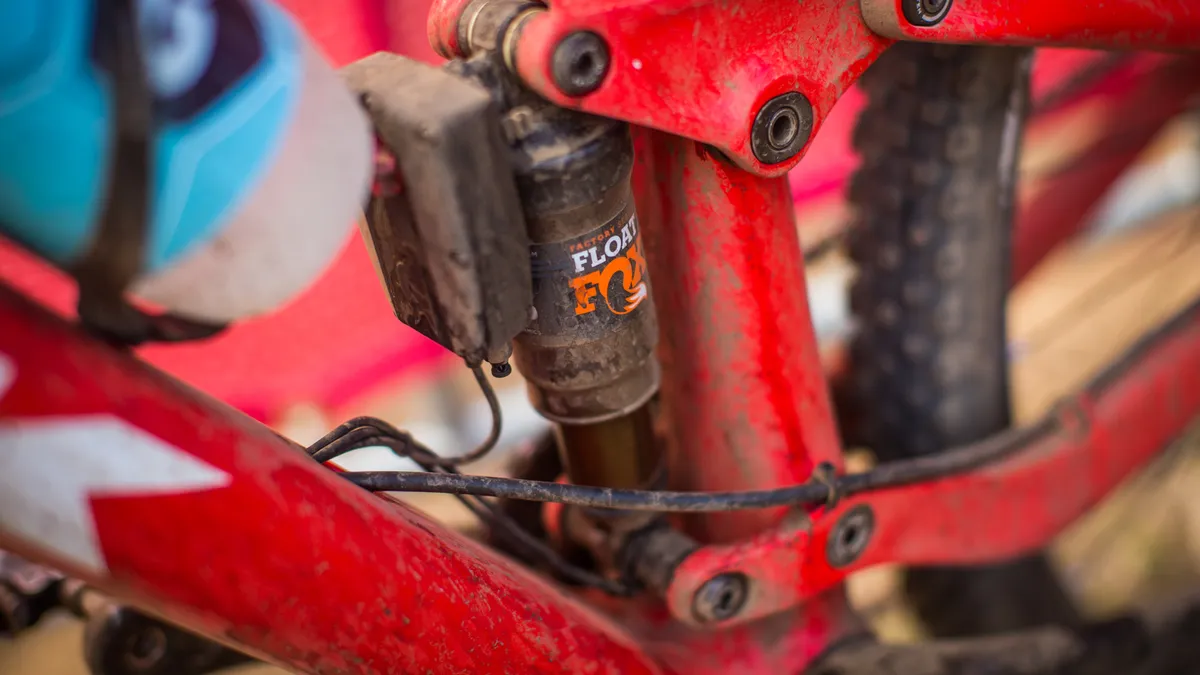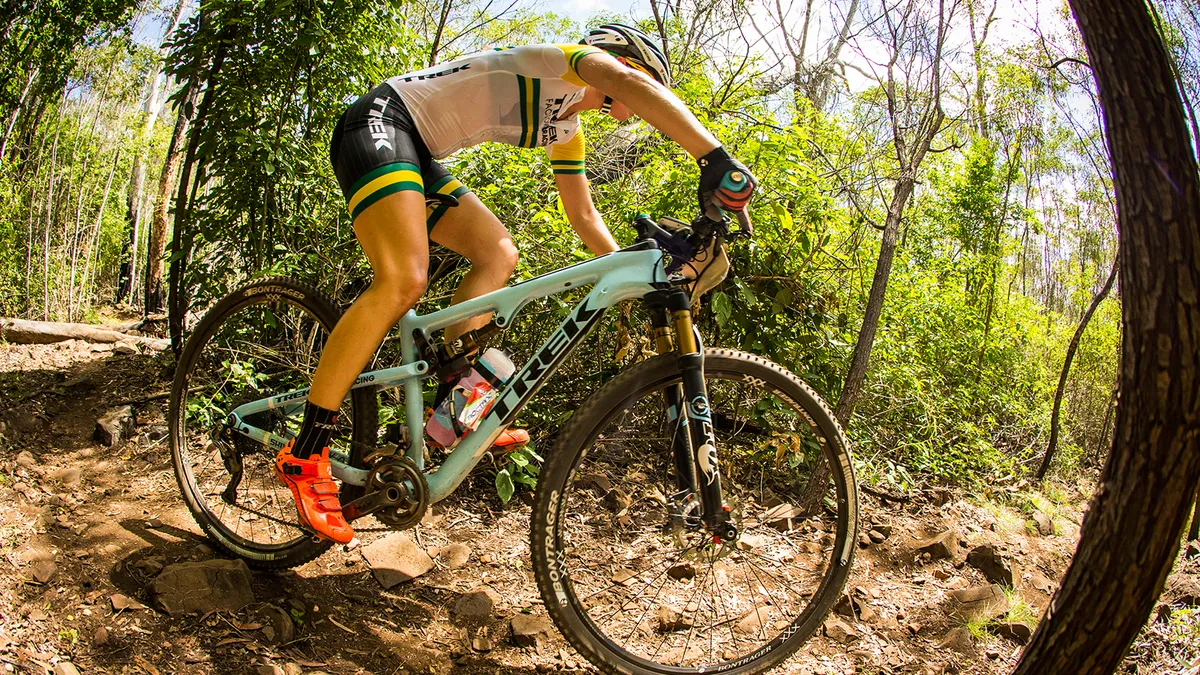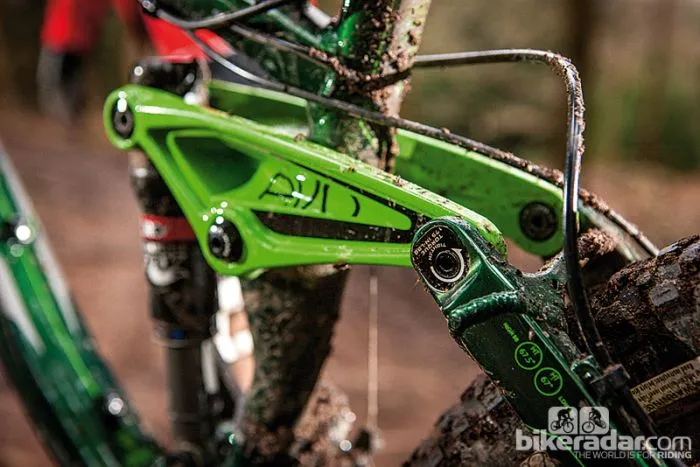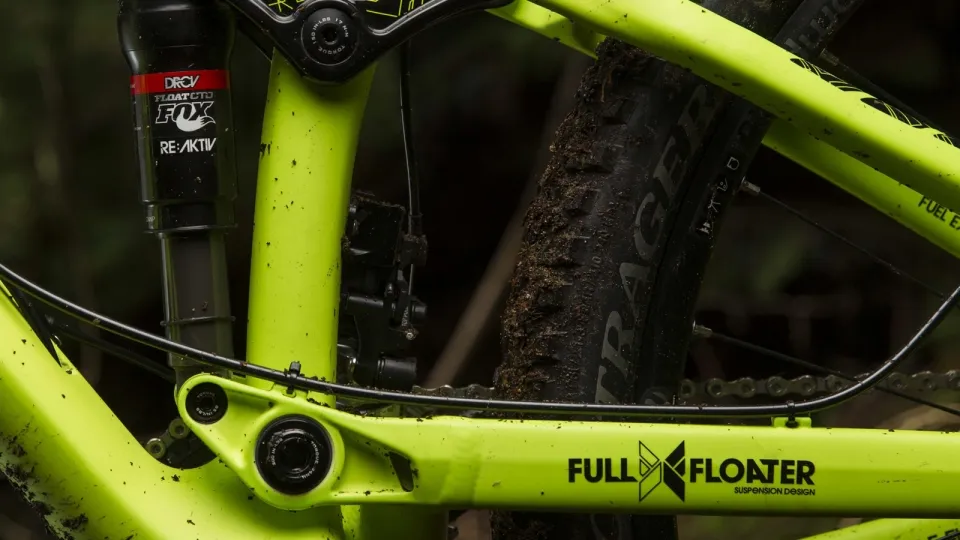Whether it is a new Superfly FS or perhaps the return of the Top Fuel, international pro Dan McConnell won the Oceania Championships last week on a Trek prototype cross-country dual-suspension machine.
Australian Mountain Bike magazine got the scoop, having noticed something unusual in photos taken of McConnell in Toowoomba, Australia.
With the Superfly being a legacy of Gary Fisher bicycles, it's more than likely Trek will re-birth the brand's former pro-level racer name - the Top Fuel. The Top Fuel saw its demise from the American brand's lineup as 26in wheels in XC racing went the way of the Dodo. It's likely what we're seeing McConnell ride is the new Trek Top Fuel 9.9 SL.
As one of the first riders to race Shimano XTR Di2 (along with Julien Absalon), Trek Factory Racing rider Dan McConnell is no stranger to testing new equipment in race situations. Beyond the new frame, the rest of McConnell’s bike appears mostly unchanged from his world championship ride we previously looked at.
What we know
Trek’s flagship cross-country full suspension, the Superfly FS 9.9 SL, uses a carbon swing link mounted to the junction of the seat and top tube to drive the rear shock, a feature clearly absent from this new bike. McConnell’s race rig sports a rocker link similar to the EVO link Trek uses on its longer travel Fuel EX and Remedy trail bikes.
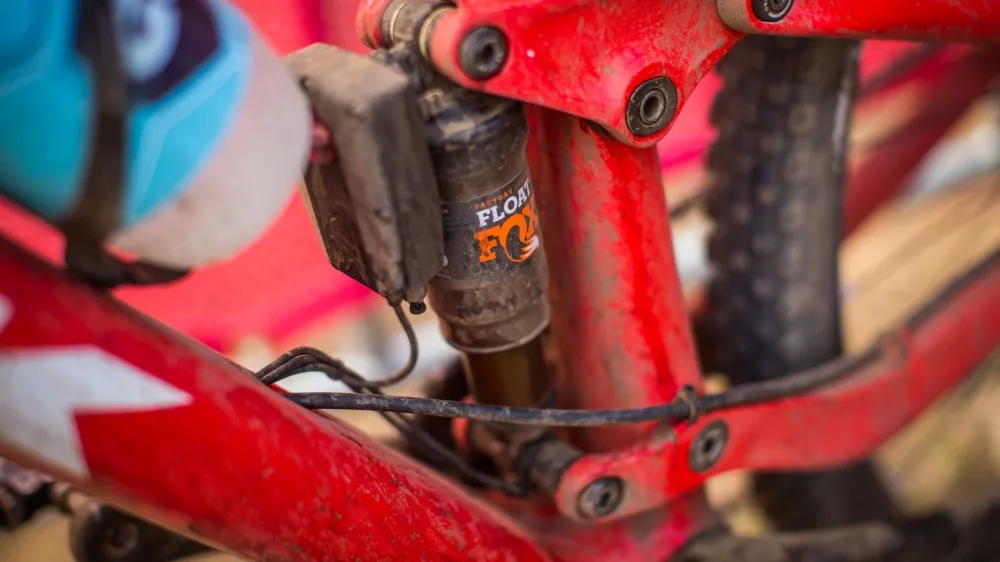
A rocker link, Di2 compatibility, and the use of a Full Floater shock arrangement are all present and accounted for on this new bike
In fact, this yet-to-be-named-machine appears to employ many of the same technologies as Trek’s longer-travel mountain bikes in a race-ready package. In addition to using a rocker link, this new bike uses Trek’s Full Floater suspension arrangement, which attaches the lower shock mount to the chainstays, just forward of the main pivot. Trek claims attaching the shock to two moving linkage points creates a more bottomless suspension feel.
In line with the Superfly FS and Trek’s other full suspension models, this new bike uses Trek’s ABP suspension design, which features a rear pivot concentric to the rear axle to improve suspension performance under braking.
Di2 compatible
McConnell was one of the first racers in the world to use Shimano’s XTR Di2 9050 group. This bike is equipped with Shimano’s electronic XTR Di2 group, and with a unused cable port on the left of the head tube, it’s safe to assume that the frame is optimized for electronic as well as mechanical drivetrains.
Educated guesses
Trek declined to comment on McConnell’s bike, other than to trot out the line that the company is always testing new things. As we’ve seen in the past, once a bike makes it to carbon, it is very near to production.
From the photos, recent advancements in the rest of Trek’s line, and general industry trends we can speculate on possible features that may be included in production versions.
Adjustable geometry?
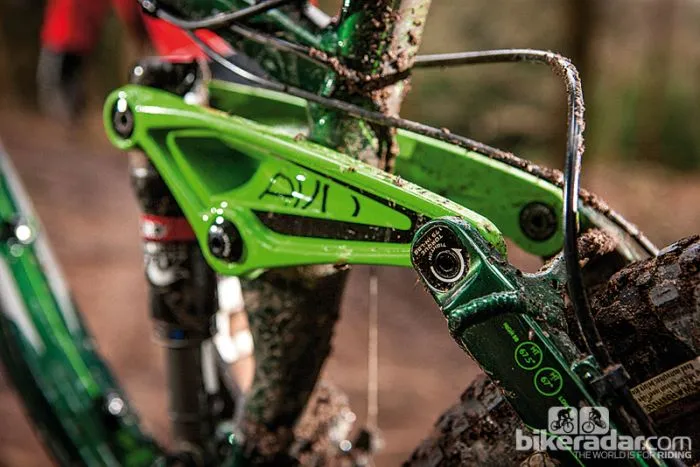
The Mino Link is currently used on the Session and Remedy; it allows the rider to adjust the head tube angle and bottom bracket height
The rocker link appears to incorporate an offset mount where it joins the seatstay. It’s possible that Trek is using its geometry-changing Mino Link developed for longer travel bikes like the Session and Remedy. If this is indeed the case, it could allow racers to fine-tune the handling of the bike to suit the course.
Boosted rear end?
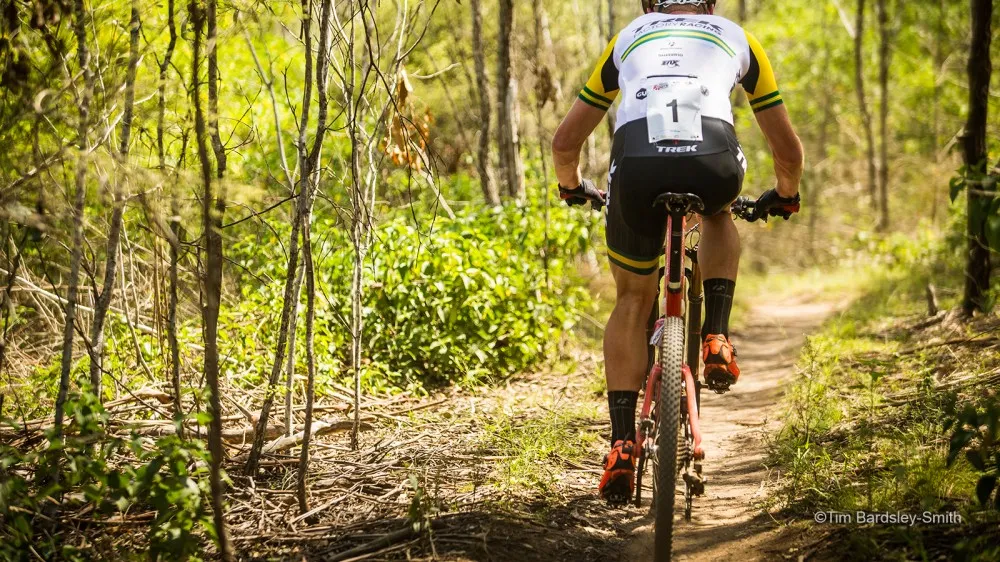
Trek partnered with SRAM to develop the 148x12 rear axle standard. It is likely this new bike makes use of it
For the 2015 model year Trek rolled out the Boost 148 axle standard for its long-travel 29ers. This 148x12mm axle spacing allows hubs to be built with a wider bracing angle, thereby increasing wheel stiffness. It is very possible Trek plans to incorporating this technology into its latest cross-country race bike.
Related reading: Trek and SRAM roll out wider axle standard
RE:aktiv ready?
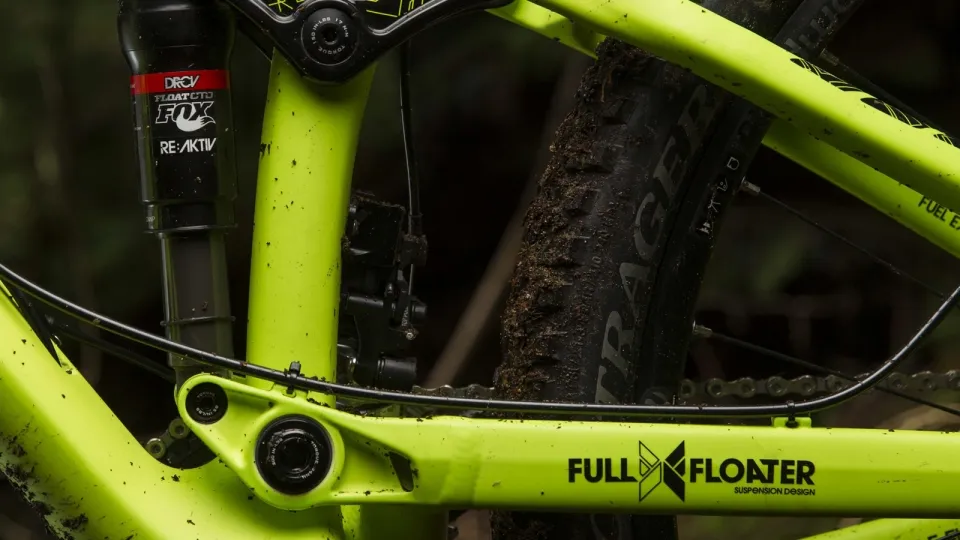
The new bike uses Trek's Full Floater suspension arrangement, production versions may also use Trek's regressive RE:aktiv damper technology (used on the Fuel EX shown here)
While McConnell was running the Fox iCD rear shock, it’s very possible that production versions of the bike will incorporate some version of Trek’s RE:aktiv suspension technology, given the investment Trek has made in its partnership with the Formula One suspension experts at Penske Racing Shocks.
Trek’s RE:aktiv suspension technology is firm under pedaling but uses regressive valving that allows the shock to open up when it encounters high velocity impacts. On paper, this technology seems well-suited to the rigors of cross-country racing.
Related reading: Inside Trek’s RE:aktiv damper
Pick your wheelsize?
To date, Trek has taken two different approaches to the development of 27.5in and 29in mountain bikes.
Trek has used the “two riders, one trail” slogan to describe the use of comparable 27.5 and 29in models in the Fuel EX and Remedy trail bikes. Riders can select bikes that are nearly identical, save for wheelsize, to suit their riding style.
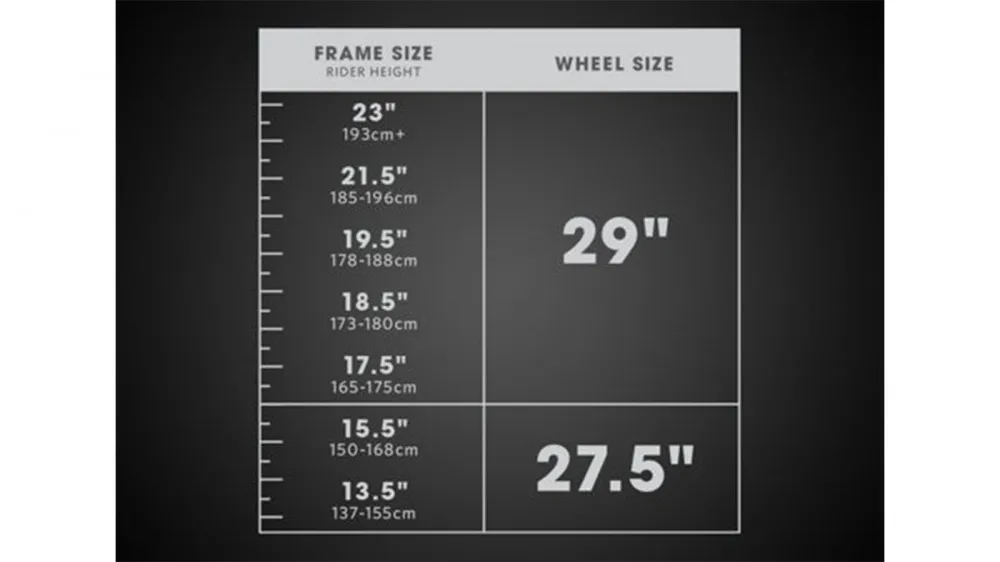
Trek adjusts wheelsize to suit frame size from some of its hardtails
When it comes to cross-country hardtails, Trek has put forward its Smart Wheelsize philosophy, asserting that riders should use “the biggest wheel that fits.” Bikes such as Trek’s aluminum Superfly hardtail use 29in wheels for the larger sizes, downsizing to 27.5in hoops for small and extra small frames.
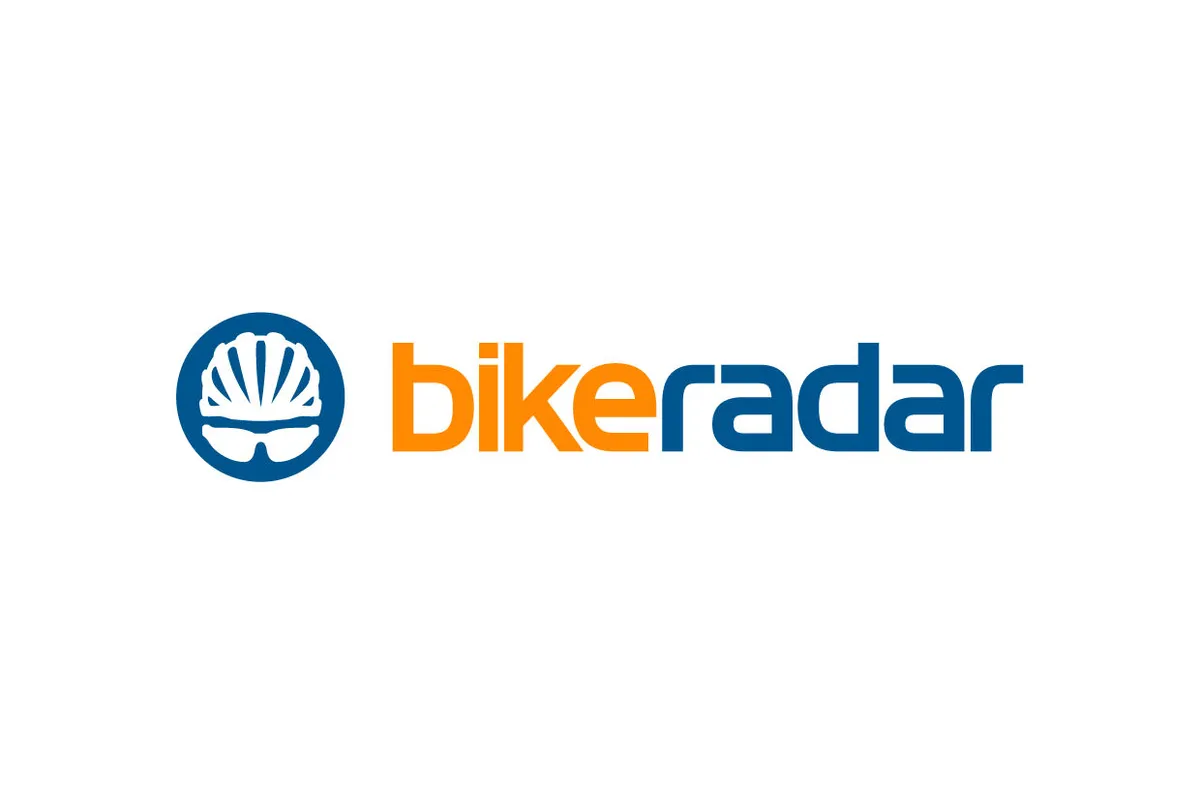
Trek racer Bec Henderson was riding the current Superfly FS 9.9 SL, though like Emily Batty, she has to take stem-slamming to the next level to get her preferred position — is it possible we'll see Trek introduce a 27.5 version of this new bike?
While McConnell is clearly riding a 29er, Trek also has several petite female racers who appear hard pressed to fit comfortably on big wheels. We’re not sure which route Trek will take: offering this new bike in both 27.5in and 29in models across all frame sizes, or using 27.5in-wheeled versions for the smaller sizes, but we’re confident we will see some use of 27.5in wheels.
Stay tuned
While Trek declined to provide us with any additional details, they did say that details will be forthcoming later this year. We'll bring you the facts as they become available.

